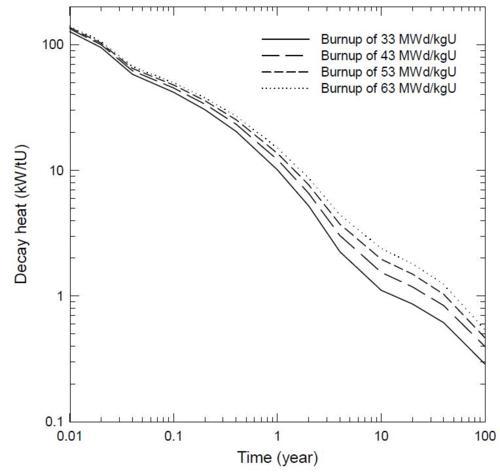As we noted last week, the Tokyo Electric Power Company (TEPCO) announced it believes the fuel in Fukushima Daiichi reactor 1—and possibly reactors 2 and 3—has melted and is sitting in a lump at the bottom of the reactor vessel. But it believes that workers have been able to keep the lump cool enough that it has not melted through the bottom of the reactor.
Such a melt-through is a concern since it would mean that highly radioactive gases released from the melting fuel would be released into the primary containment. Moreover, the molten fuel mass would then react with the concrete floor of the primary containment and create additional radioactive gases. If these are released to the atmosphere, either through venting or a leak in the containment (which could be caused by the molten fuel), it could add significantly to the total radiation released by the accident.
TEPCO believes the fuel melting occurred on March 12, within a day of the earthquake. If all this is correct, it means that, despite the ongoing problems with the reactors, workers have so far managed to cool the fuel and avoid a reactor breach for more than two months.
The decay heat generated by the fuel is one factor that could result in a breach of the reactor vessel.
The decrease in the level of decay heat with time is shown in the plot below. It shows that after 2 months the decay heat would be about 30% of its value at the time the fuel melted, after 6 months it will be less that 20% of that value, and after a year it will be down to about 10% of that value.
Unfortunately, it’s not clear how the reduced heat load of the fuel affects the overall probability of a breach of the reactor vessel since that depends on a lot of unknown factors, such as the current configuration of the fuel and possible ongoing corrosion of the vessel.
The plot shows that after 5 years, which is the length of time after which people talk about moving spent fuel to dry casks, the decay heat is about 2% of the early value.

Decay heat as a function of time from 0.01 years (about 4 days) to 100 years for spent-fuel burnups of 33, 43, 53 and 63 MWd/kgU. The lowest burnup was typical for the 1970s. Current burnups are around 50 MWd/kgU.
